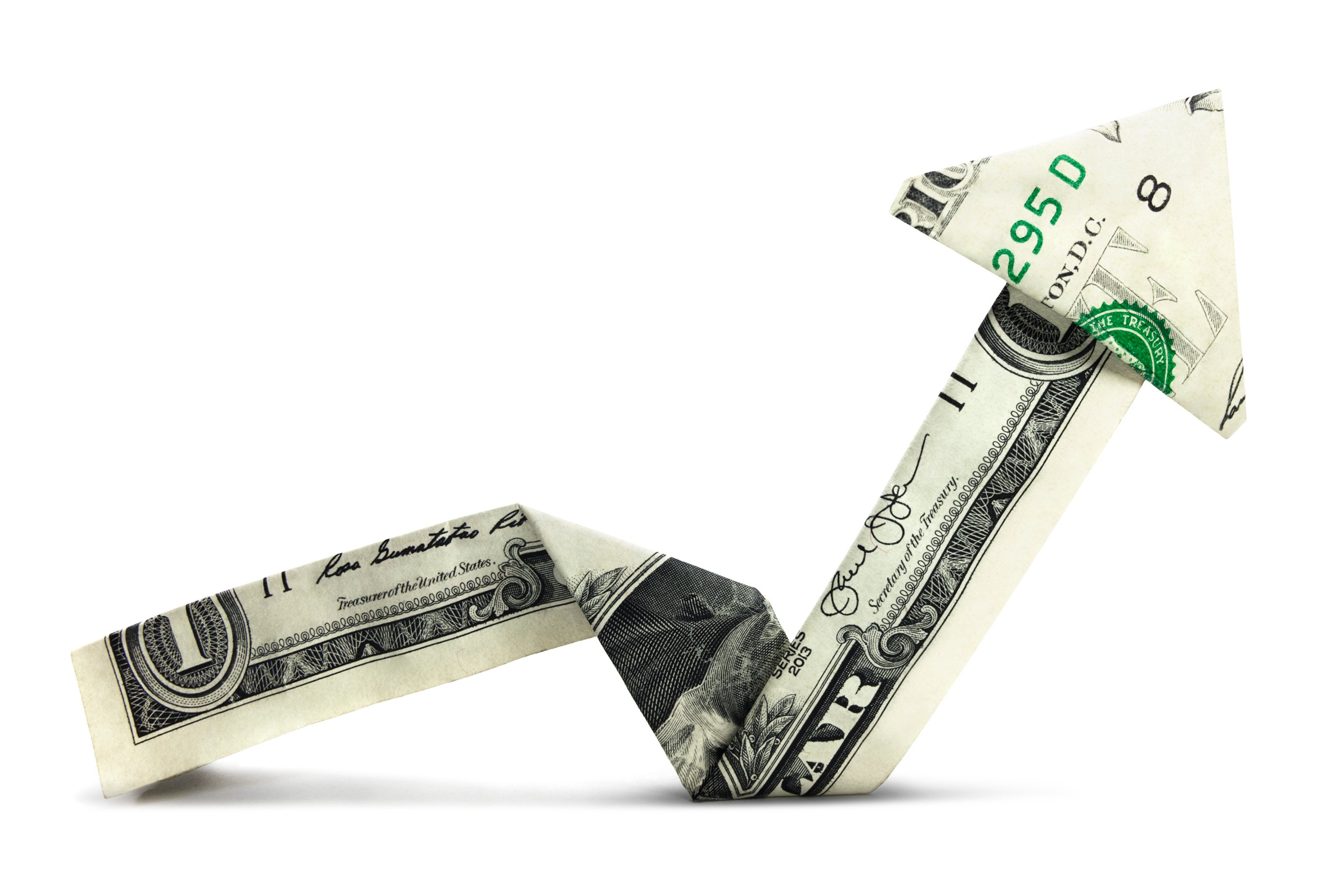By the time the next presidential election rolls around, we will have a much better idea if Pandora Media (P +0.00%) will succeed or fail as a business. But if you do not have that much time or patience to see what happens, then this investment may not be for you.

Image source: Getty Images.
Pandora competes with the likes of Apple, Alphabet, Amazon, and Spotify for your listening time. To succeed in this crowded field, the company has laid out its strategy for the next four years encompassing three options for music lovers and a ticketing service to see live concerts. Management believes this product suite provides the company an opportunity to thrive in the music world.
Pandora in 2016
Twelve months ago, Pandora's offering was centered around an ad-supported model that highlighted music discovery in a lean consumer experience. The listener was exposed to new music based on their likes and dislikes coupled with the company's proprietary Music Genome Project algorithm for presenting songs based on the user's feedback. The user experienced a stickiness as they invested time in setting up personal radio stations, and advertisers liked being able to target ads based on location and the type of music that pleased the user. If a user decided they would prefer to listen without ads, they could subscribe to Pandora Plus for $4.99 per month.
Skip to today and the company has a much more robust offering. It added Ticketfly to the mix in October and targets ads for local concerts based on a user's music preference. This service is indicative of the relationship company founder and CEO Tim Westergren, a former musician himself, is building with the artists who supply the content for the company's service by working with bands to help drive a greater audience to their shows. Much of a band's revenue is now generated by live concerts.
Pandora in 2017
Looking forward to 2017, the company plans to roll out its latest offering, Pandora Premium. This on-demand service will allow subscribers to specify songs to play, as opposed to creating a radio channel with a limited number of skips. Of today's 78 million Pandora listeners, 58 million are currently using another service for on-demand music. Management's goal is to bring these on-demand music lovers back to the fold with Pandora Premium.
Here is how the company's product suite will look in the new year:
| Pandora (with ads) | Pandora Plus | Pandora Premium | |
|---|---|---|---|
| Price | Free | $4.99 per month | Approximately $9.99 per month |
| Feature | More skips (with ads) | Unlimited skips | Search and play anything |
| Feature | Replays (with ads) | Unlimited replays | Build and share playlists |
| Feature | Offline access | Take all your music offline | |
| Feature | No ads | More unique Pandora features |
Data source: Pandora analyst day presentation Oct. 25, 2016. Chart by author.
The above chart shows that Pandora has beefed up its offerings by allowing users to skip more songs or replay the same song in return for allowing a video ad to play. There is also the capability for limited offline access in Pandora Plus and unlimited offline access with a Premium subscription. Offline access allows the user to minimize data usage, while on a flight for example.
The business side of the ledger
Moving to the financial side of things, the company is providing projections for its growth in users, ad revenue, Pandora Plus subscribers, Pandora Premium subscribers, and operating margins. These metrics will be useful for the investor who plans on tracking management's commitment to the established road map. If the company achieves its objectives on subscriber growth and ad revenue, the business should be viable as costs are already negotiated around music royalties for all three classes of service for the next several years.
| Metrics | 2016 | 2018 | 2019 | 2020 |
|---|---|---|---|---|
| Total active users | 78 million | 110 million | ||
| Ad revenue per 1000 listening hours | $58 | $60 | $70 | $80 |
| Pandora Plus subscribers | 4 million | 6 million | 9.5 million | |
| Pandora Premium subscribers | N/A | 3 million | 11 million | |
| Operating margin | (13%) | 15% |
Data source: Pandora analyst day presentation Oct. 25, 2016. Chart by author.
Management's consolidated view of the company's 2020 business model, inclusive of the advertising, subscription, and ticketing revenue, can be seen below:
| Metrics ($ in millions) | Core Radio | Premium | Ticketing | Consolidated |
|---|---|---|---|---|
| Revenue | $2,400 | $1,300 | $300 | $4,000 |
| Content costs | $1,160 | $850 | N/A | $2,010 |
| Ticketing costs | N/A | N/A | $180 | $180 |
| Other costs of revenue | $115 | $15 | N/A | $130 |
| Gross margin | 47% | 34% | 40% | 42% |
| Operating margin | 18% | 10% | 15% | 15% |
Data source: Pandora analyst day presentation Oct. 25, 2016. Chart by author.
These projections show a Pandora that is firing on all cylinders within four years.
Going forward, it will be interesting to track management's ability to execute against the bar they have set for themselves and to see if they can achieve success within this highly competitive market.






